This article was co-authored by Marsha Durkin, RN. Marsha Durkin is a Registered Nurse and Laboratory Information Specialist for Mercy Hospital and Medical Center in Illinois. She received her Associates Degree in Nursing from Olney Central College in 1987.
This article has been viewed 62,244 times.
Heparin is a blood thinner commonly used to prevent blood clots that may form as a result of many different medical conditions, treatments, and circumstances.[1] Heparin may be used to keep blood flow smooth during dialysis, during blood transfusions, after surgical procedures, and in many other cases. Due to its potentially serious impact on your body, heparin should only be used under the guidance of a medical professional. Giving heparin, though, is a simple procedure. As long as you verify the medicine is safe, properly prepare it, and inject it in a recommended fashion, you shouldn't have a problem giving a heparin shot.
Steps
Examining Heparin Before Use
-
1Make sure the medicine has been stored correctly. Heparin should be stored at room temperature. It should not be exposed to heat, extreme cold, or direct light. If your medicine has frozen at some point, you'll need to discard it.[2]
-
2Look at the expiration date. After you've made sure the medicine has been stored appropriately, look at the expiration date. Verify that the medicine is still good. If it is not, do not use it.[3]Advertisement
-
3Note the prescribed amount. Before injecting heparin, you need to make a good note of the amount of the drug you need to inject. This is important, as too little of the medication won't have the desired effect and too much could hurt you.[4]
- It is best to write down the amount of heparin you need to inject so you'll know how much you need to fill your syringe with.
Preparing Heparin
-
1Wash your hands. Before you handle the syringe or vial of heparin, you should wash your hands thoroughly. This is important, as failure to wash your hands could introduce bacteria to the syringe – resulting in infection at the injection site.[5]
- Use antibacterial soap.
-
2Remove the cap and roll the vial. Your vial of heparin will be covered with a plastic cap. Make sure to remove the cap and discard it. Then, take the bottle in your hands and slowly roll the bottle back and forth. This will mix the medicine in preparation for injection.[6]
- Do not shake the bottle.
-
3Wipe the top of the bottle with an alcohol swab. This will sanitize it and lower the chances of infection. If you don't wipe the top, you could introduce bacteria into your body.[7]
-
4Pull back the plunger of the syringe. Remove the cap of the needle and avoid touching it. Then, pull back the plunger of the syringe to the point that corresponds with the amount of medicine you will need to inject. This will fill the plunger with air.[8]
-
5Push the needle into the rubber stopper of the vial. Firmly insert the needle into the rubber stopper of the vial. Push it in a steady fashion. Then push the plunger of the syringe down. This way, the air from the syringe will go into the vial.[9]
-
6Turn the bottle upside down and pull back the plunger. After you injected air into the vial, you'll need to flip the bottle upside down while the needle is still in it. Then, pull the plunger back to the point specified by the prescription.[10]
- Make sure the liquid covers the needle tip or you will pull back air rather than the medication.
- Review the dosage amount with the doctor or nurse before leaving with your prescription. Make sure not to fill the syringe with any more or any less of the medicine than the doctor has recommended.
-
7Remove and prepare the syringe. Carefully withdraw the needle from the bottle. Then, place the bottle down. At the same time, make sure the needle doesn't touch anything.[11] Then, hold the syringe needle up, tap to remove air bubbles, and prepare the syringe by pushing the plunger down. This will move the heparin into the needle, making it ready for insertion.
Injecting Heparin
-
1Pick a spot to give the injection. Choose a spot on your body where you want to give yourself the shot. You can inject it into your abdomen, thighs, or the outer deltoid area of your upper arm. Ultimately, the site of injection is up to you. To decide, you may want to consider the discomfort involved and possible bruising.[12]
- Don't give yourself a shot into any area of your body that is bruised, swollen, or tender.
- Don't give your heparin shot within 1 inch (2.54 cm) of a scar or 2 inches (5.08 cm) of your bellybutton.
-
2Pinch a small fold in your skin. Using your fingers and a thumb, pinch some of your skin together. By doing this, you'll create an area of extra skin and fatty tissue where you can inject the heparin. If you don't do this, you could wind up injecting the heparin into your muscle.[13]
-
3Insert the needle. Take the syringe and push it into your skin at a 45-degree angle. Make sure you push the needle all the way into the pinched-up fold of your skin and into your fatty tissue.[14]
-
4Push down on the plunger. After you've inserted the needle, push the plunger down in a slow and steady manner. This will release the heparin into your fatty tissue. Make sure not to push down too quickly, as you need to provide time for the heparin to spread out from the site of injection.[15]
- Leave the needle in for 5 seconds after you've pushed the plunger down.
-
5Remove the needle and bandage yourself. Steadily withdraw the needle at the same angle you inserted it. Place the syringe down and press a piece of gauze against the injection site. Hold it until the injection point no longer bleeds.[16]
- Discard the gauze and cover the injection site with a Band-Aid.
- Discard the needle in an appropriate container.[17]
Warnings
- Make sure to label your disposal container “sharps container."⧼thumbs_response⧽
- Always keep heparin and needles out of reach and away from children.⧼thumbs_response⧽
Things You'll Need
- Heparin
- Needles
- Syringes
- Alcohol wipes
- A disposal container for needles and syringes
References
- ↑ https://medlineplus.gov/druginfo/meds/a682826.html
- ↑ https://www.medicines.org.uk/emc/files/pil.1679.pdf
- ↑ https://www.medicines.org.uk/emc/files/pil.1679.pdf
- ↑ https://medlineplus.gov/ency/patientinstructions/000661.htm
- ↑ https://myhealth.alberta.ca/Health/aftercareinformation/pages/conditions.aspx?hwid=zp4251
- ↑ http://ahsdemo.adam.com/content.aspx?productid=617&pid=60&gid=000661
- ↑ http://ahsdemo.adam.com/content.aspx?productid=617&pid=60&gid=000661
- ↑ http://ahsdemo.adam.com/content.aspx?productid=617&pid=60&gid=000661
- ↑ http://ahsdemo.adam.com/content.aspx?productid=617&pid=60&gid=000661
- ↑ http://ahsdemo.adam.com/content.aspx?productid=617&pid=60&gid=000661
- ↑ https://medlineplus.gov/ency/patientinstructions/000661.htm
- ↑ https://myhealth.alberta.ca/Health/aftercareinformation/pages/conditions.aspx?hwid=zp4251
- ↑ https://myhealth.alberta.ca/Health/aftercareinformation/pages/conditions.aspx?hwid=zp4251
- ↑ https://myhealth.alberta.ca/Health/aftercareinformation/pages/conditions.aspx?hwid=zp4251
- ↑ https://medlineplus.gov/ency/patientinstructions/000661.htm
- ↑ https://myhealth.alberta.ca/Health/aftercareinformation/pages/conditions.aspx?hwid=zp4251
- ↑ https://medlineplus.gov/ency/patientinstructions/000661.htm
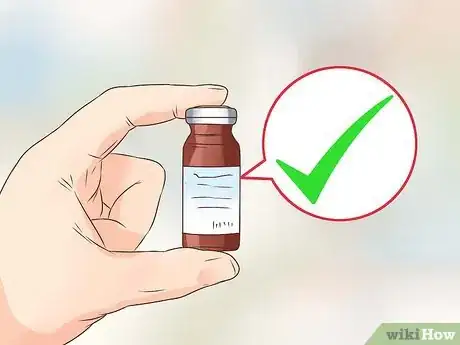
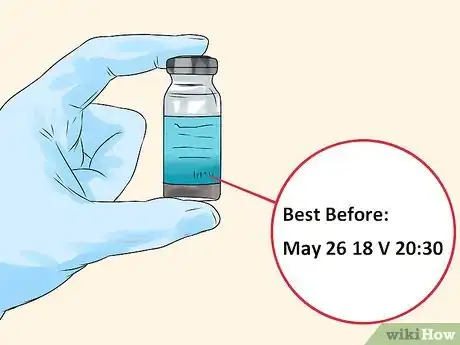

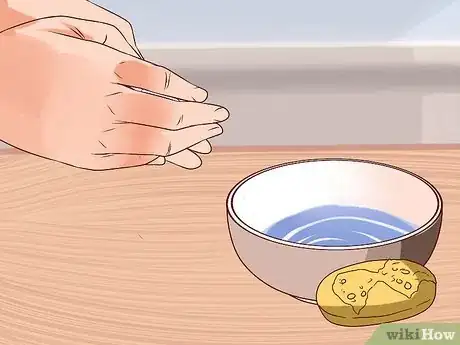
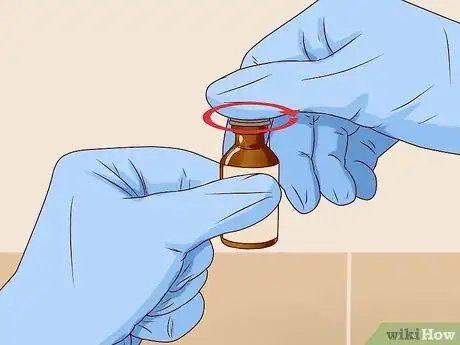

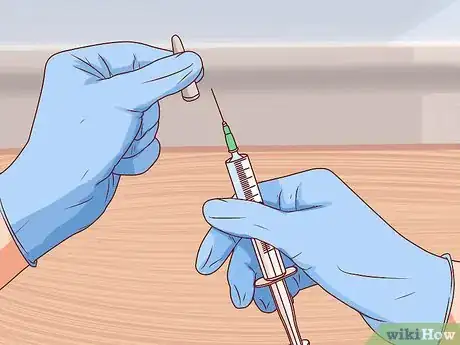
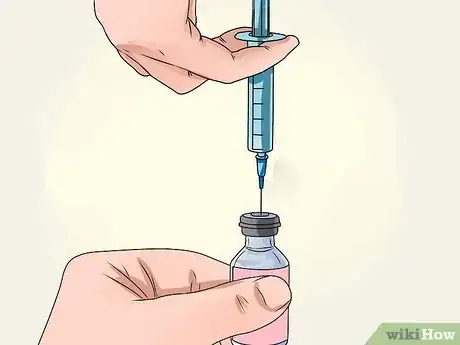
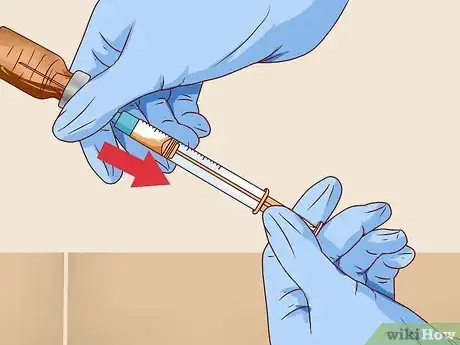
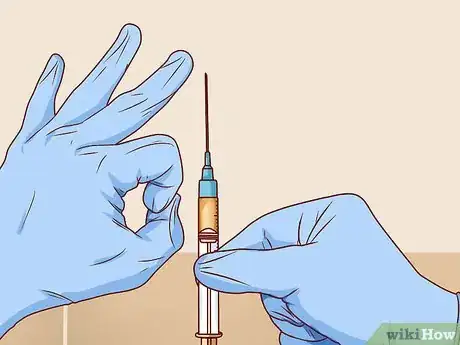
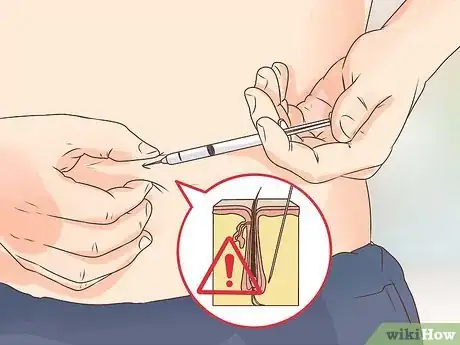
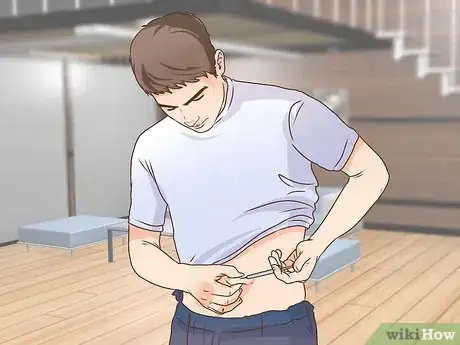
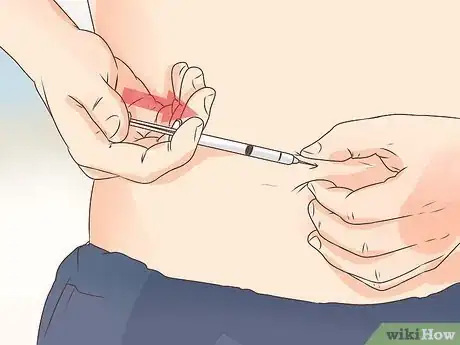
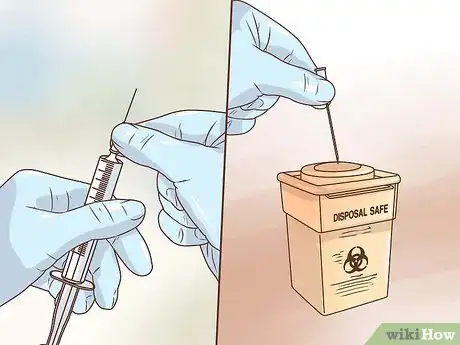
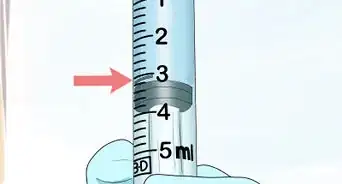








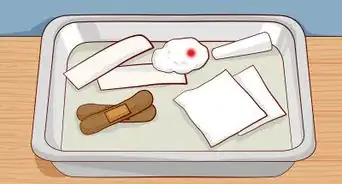
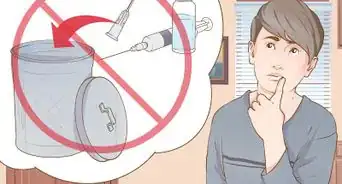


















































Medical Disclaimer
The content of this article is not intended to be a substitute for professional medical advice, examination, diagnosis, or treatment. You should always contact your doctor or other qualified healthcare professional before starting, changing, or stopping any kind of health treatment.
Read More...